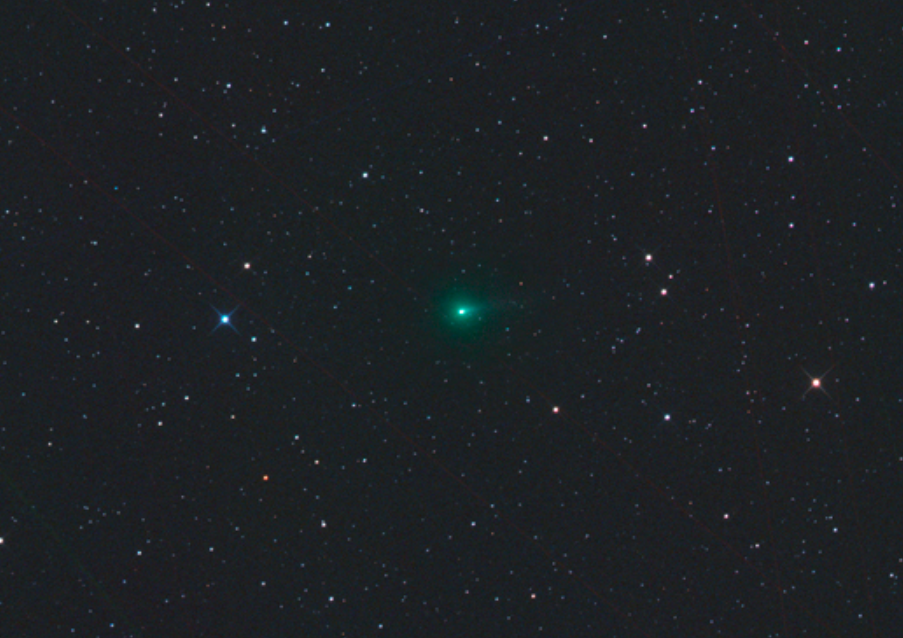The interstellar comet 3I/ATLAS, discovered on July 2 by the ATLAS sky survey, has drawn significant interest, although much of the online speculation about it being linked to aliens is unfounded. While NASA has remained quiet due to a government shutdown, amateur astronomers have picked up the search for this intriguing comet.
3I/ATLAS has an orbital eccentricity of over 6, confirming its origin outside our solar system. It displays classic comet features, including a coma and a dust tail, and is currently moving at a speed of 58 kilometers per second. Recent observations indicate that it is developing an anti-sun tail and is starting to take on a green hue due to diatomic carbon emissions.
The comet will reach perihelion on October 29, at a distance of 1.36 astronomical units from the Sun and will become less visible until it re-emerges in November. Notably, it passed close to Mars on October 3, and various space agencies continue to monitor its progress with advanced imaging tools.
As the third interstellar comet observed, following 1I/Oumuamua and 2I/Borisov, 3I/ATLAS provides valuable insights into the study of interstellar objects. Its journey and potential future observations may pave the way for discovering even fainter interstellar comets in the years to come. As the article concludes, the fascination around 3I/ATLAS should focus on its scientific importance rather than wild theories.
Source link


